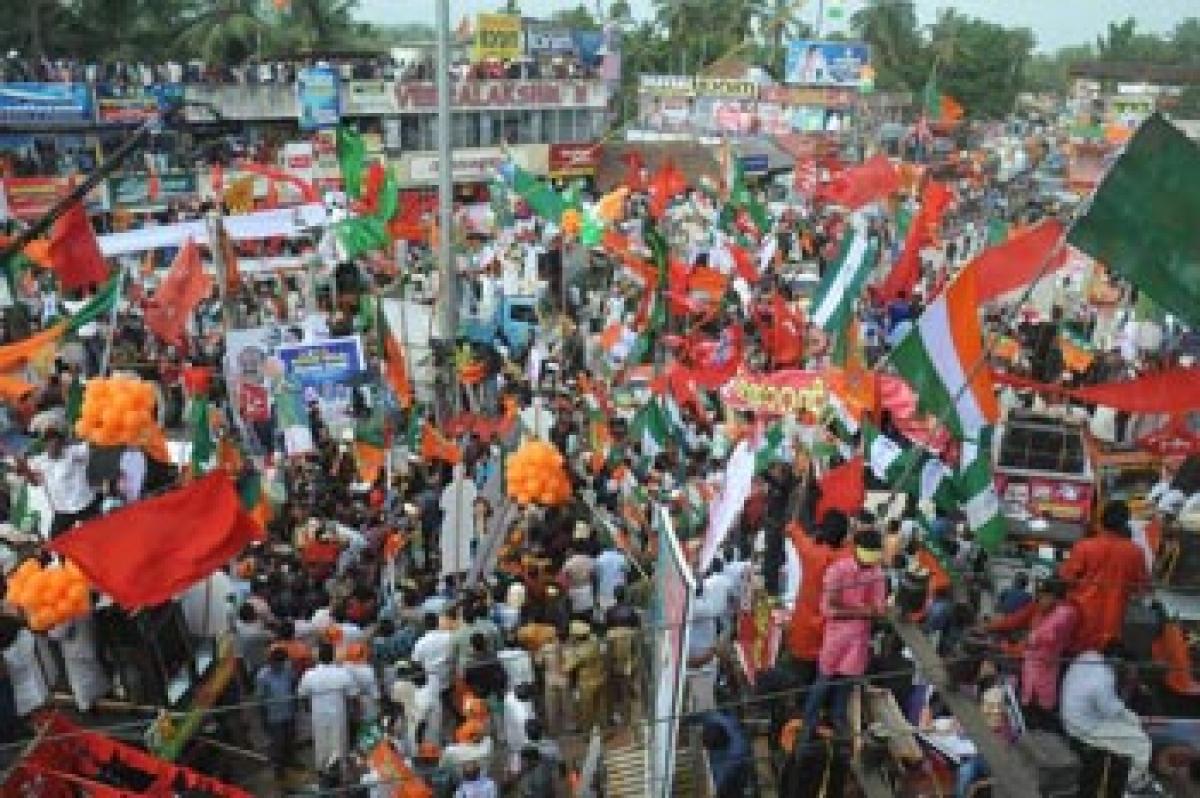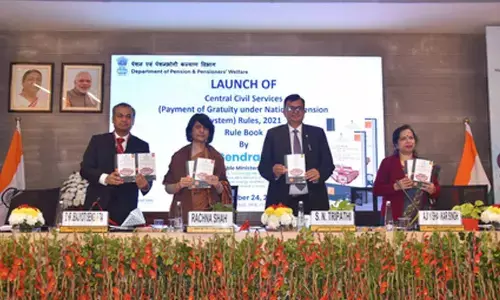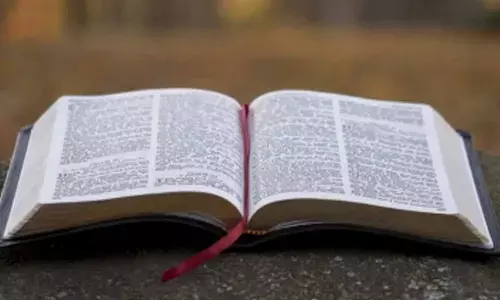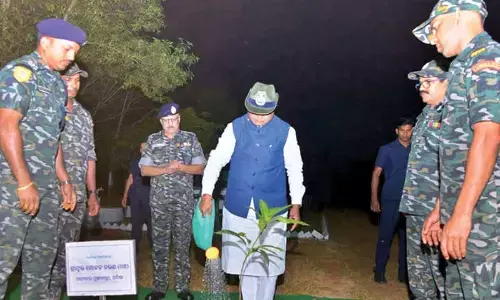Kerala heading for fractured mandate

In political circles as well as among many general voters of Kerala the result of last year\'s Aruvikkara Assembly by-election has now become a point of discussion.
In political circles as well as among many general voters of Kerala the result of last year's Aruvikkara Assembly by-election has now become a point of discussion. O Rajagopal, a front ranking leader of the BJP's Kerala unit, had finished third but the party increased its vote share to 23.96 percent from the paltry 6.6 percent it was able to garner in the 2011 assembly poll.
Conversely, both the Congress and the CPI-M experienced sharp falls in their vote shares compared to 2011. Does the Aruvikkara result signify any trend in Kerala politics? Even diehard BJP supporters prefer to keep their fingers crossed on this. Observers, however, aver that this year's assembly election may point towards an emerging trend that may turn out to be a dominating factor in the years to come.
But, according to most surveys and analyses, the CPI-M-led Left Democratic Front (LDF) is widely tipped to win in spite of severe dissensions within the CPI-M. Right now, it is difficult to say whether Oommen Chandy, the chief minister of the Congress-led United Democratic Front (UDF) government, has become a liability or an asset.
Serious corruption charges, involving the activities of a company named Team Solar, have cropped up against him. It is also known that at a certain point of time the central leadership of the Congress was contemplating actions against the chief minister but he has been saved on the intervention of party stalwart A K Antony, a former chief minister and a former defence minister.
Analyses show that the BJP may cut into the electoral base of the Left parties as well as the Congress. In the 2011 assembly election, it had earned six percent votes, which jumped up to 10 percent in the 2014 parliamentary election. Even a heavyweight Congress candidate like Shashi Tharoor could only scrape through against Rajagopal of the BJP in Thiruvananthapuram Lok Sabha constituency. Rajagopal had led in four of the seven Assembly segments in the seat.
However, even senior functionaries of the BJP's Kerala unit do not hope that their party would be able to form the next state government. They are prepared to settle for 10 seats at the most but do not fail to point out that it will be a 10-fold increase for the party's electoral performance. Moreover, if the BJP can repeat its performance in last year's civic body elections, then there may be some notable upsets. During the civic body elections, the BJP had captured the Palakkad municipality and did extremely well in the Thiruvananthapuram and Kasargod civic bodies.
The BJP had 79 seats in the municipalities in 2010 - and the tally has now gone up to 236. In 2010, the party had 450 seats in village panchayats - and the figure has now increased to 933. Moreover, the saffron party now controls 21 divisions in block panchayats and three in district panchayats. Two factors may, however, throw a spanner into the BJP's grand design of electoral success in Kerala.
The first is the personal popularity of V S Achuthanandan, the nonagenarian CPI-M leader. Moreover, his party has a widespread organizational network in the state. The second is the "success" Chandy has been able to show in the five years of his stewardship. New social equations have made the political landscape in Kerala complicated. The BJP is aware of its social limitations. The State has a 45 percent minority population. Of them, 26.3 percent are Muslims while 18.3 percent are Christians.



















